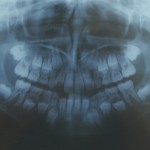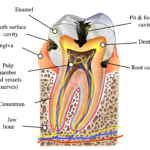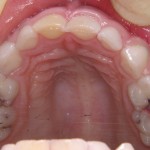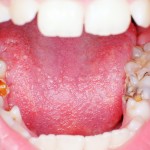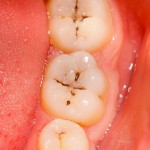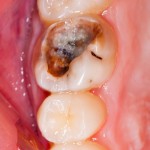
This review comparing stepwise removal (SWR) and selective removal (SCR) of deep carious lesions in primary and permanent teeth included 9 RCTs. The findings suggest that SCR may be more succesful than SWR but they should be interpreted cautiously because of the limited number of studies for some outcomes.
[read the full story...]